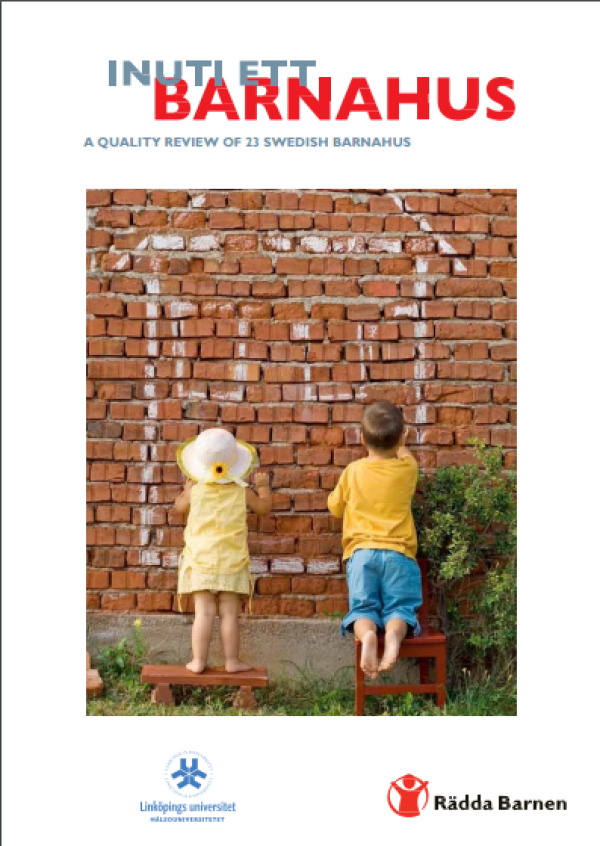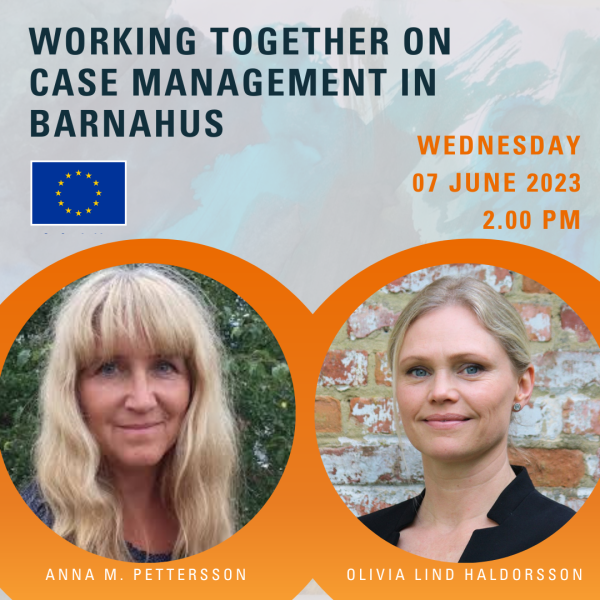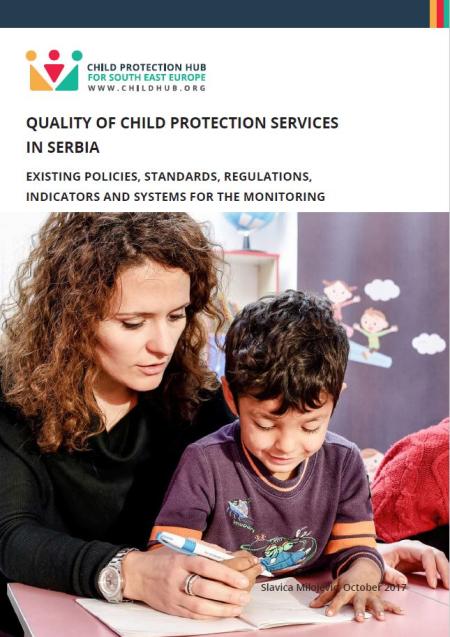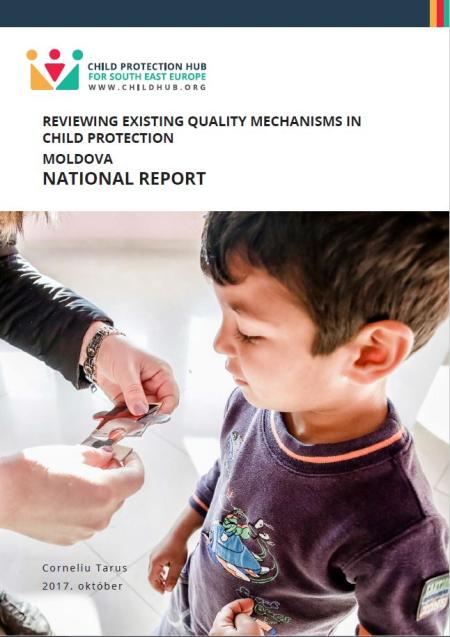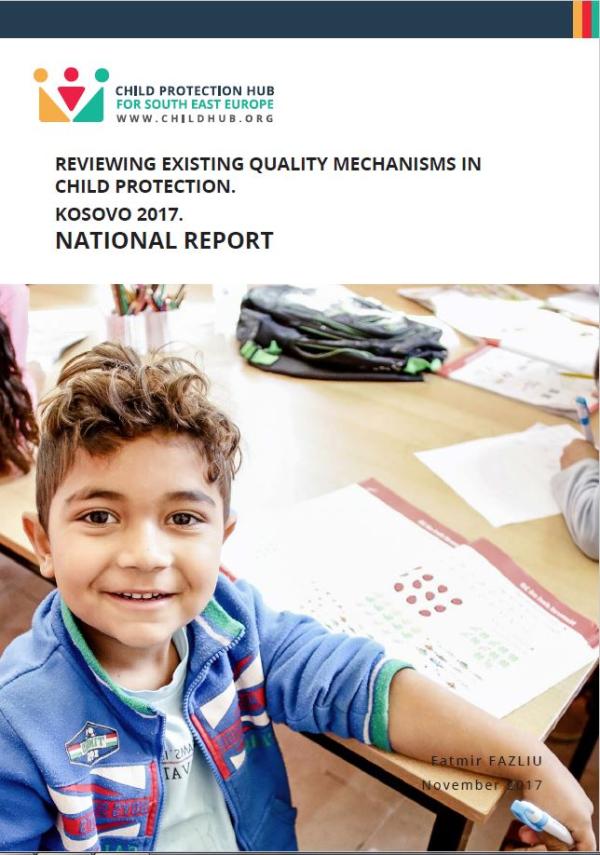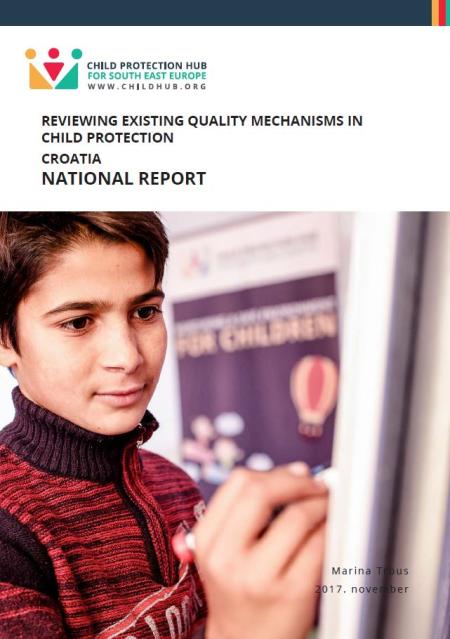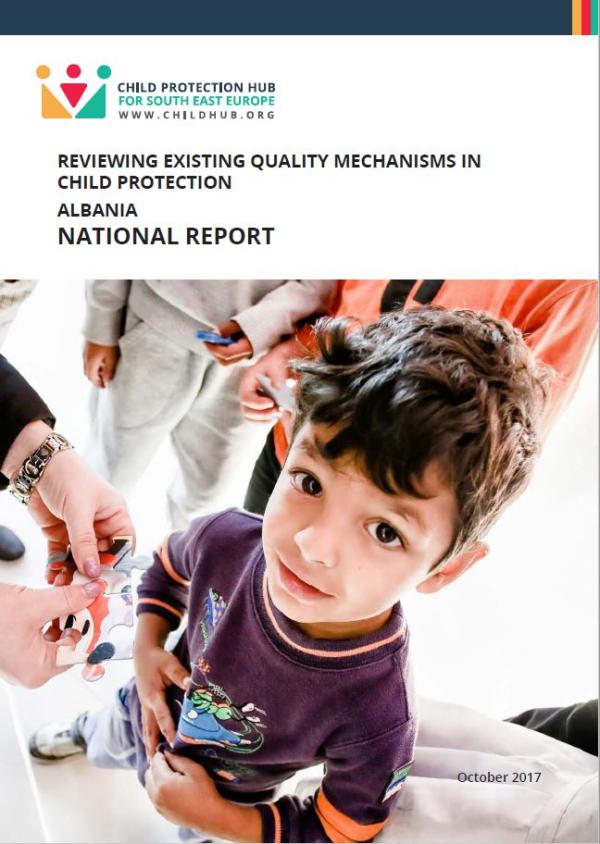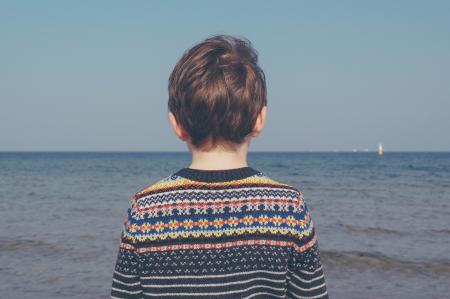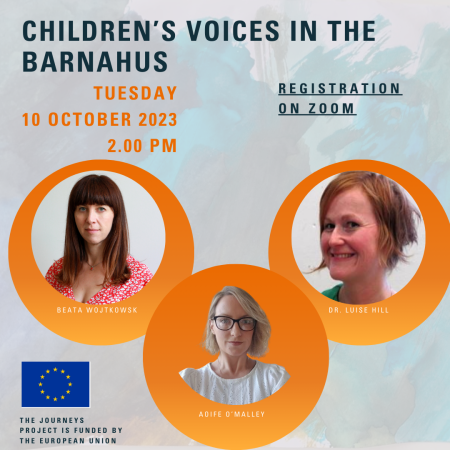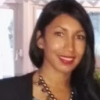
Children about whom there is suspicion that they have been subjected to violence or abuse have often encountered a legal system that is designed for adults, a system whose rules they do not understand. To improve children’s position and to avoid further traumatisation of children by the legal process, the model of the Barnahus - the Barnahus of the Nordic countries - was developed from the Child Advocacy Model adopted in the US in the 1980s. Sweden’s first Barnahus was started in 2005. Rapid development since then has resulted in the current 28 Barnahus, to which 164 of the country’s 290 municipalities are linked.
Against this background, it became raised the need to conduct a quality review of the Swedish Barnahus. The present quality review was conducted as cooperation between Linköping University (Carl Göran Svedin) and Save the Children Sweden (Åsa Landberg), with financial support from Sweden’s Crime Victim Fund.
The quality review is based on the criteria established by the Swedish government for the country’s Barnahus and the quality criteria that the US-based National Children’s Alliance, the American association of Barnahus, employs. The quality review is based on a full-day visit to each Barnahus, combined with a review of documents such as cooperation agreements, processing routines, background literature and annual reports on operations. The quality review was conducted in 2012 and the participating operations consisted of 23 of the 24 Barnahus that have been in operation since 1 January 2011 or longer.
One way to describe the Barnahus is that it has four ‘rooms’, each of which contains a particular operation. The operations referred to are: criminal investigation, collaboration/protection, physical health and mental health.
The essence of the quality review has been to try to see the organisation, environment and activities of the Barnahus from a child’s perspective, with the UN Convention on the Rights of the Child serving as the overall guide. The Barnahus exist to serve the best interests of all children. The review applied twelve criteria, against which the operations examined were assessed and graded. The Barnahus were classified on the basis of the extent to which operations are conducted within the four rooms.
The overall conclusion of the quality review is that the Barnahus have come to stay. The Barnahus are a step in the right direction to ensure that children and adolescents who have been exposed to various types of abuse and crime encounter a helpful response. Several of the Barnahus exhibited an excellent standard of quality. However, there are significant shortcomings and weaknesses at many of the Barnahus, and these must be addressed.
Of the 23 Barnahusreviewed, four meet the definition of a full Barnahus with operationsin all four rooms, whereas the other Barnahus lack operations in one of the rooms of physical and/or mental health. Three Barnahus only have operation in two of the rooms (criminal investigation, cooperation/protection), with both rooms, physical and mental health, for different reasons not being filled with operation. The other 16 Barnahus can be described as incomplete Barnahus at which operations are conducted within three rooms or only sporadically in all four rooms. The shortcomings that are seen may be due to local conditions, such as unclear and inadequate cooperation agreements or resource prioritisation, or national guidelines and legislation.
The development of the operations and the routines at the Barnahus is proceeding in the right direction. More and more Barnahus are being established. It is also very encouraging that the government has set up criteria for what a Barnahus should contain. However, certain structures and laws exist that prevent the cooperation from being as effective and child-friendly as might be desired.
Certain difficulties have been pointed out in all of the evaluations of Barnahus that have been carried out, and these remain to be resolved. The difficulties are largely independent of the cooperation within the centres - they existed before the Barnahus were introduced. However, the close cooperation that occurs within Barnahus has exacerbated the pre-existing difficulties. And these weaknesses make it extremely difficult for the Barnahus to live up to the criteria that the government has established.
This quality review has focused primarily on macrostructures in the operations of the Barnahus, rather than on examining quality on the micro-level - for example, how child forensic interviews take place, or the quality of medical examinations or of interventions provided. Such concerns offer great potential for on-going research and development.


